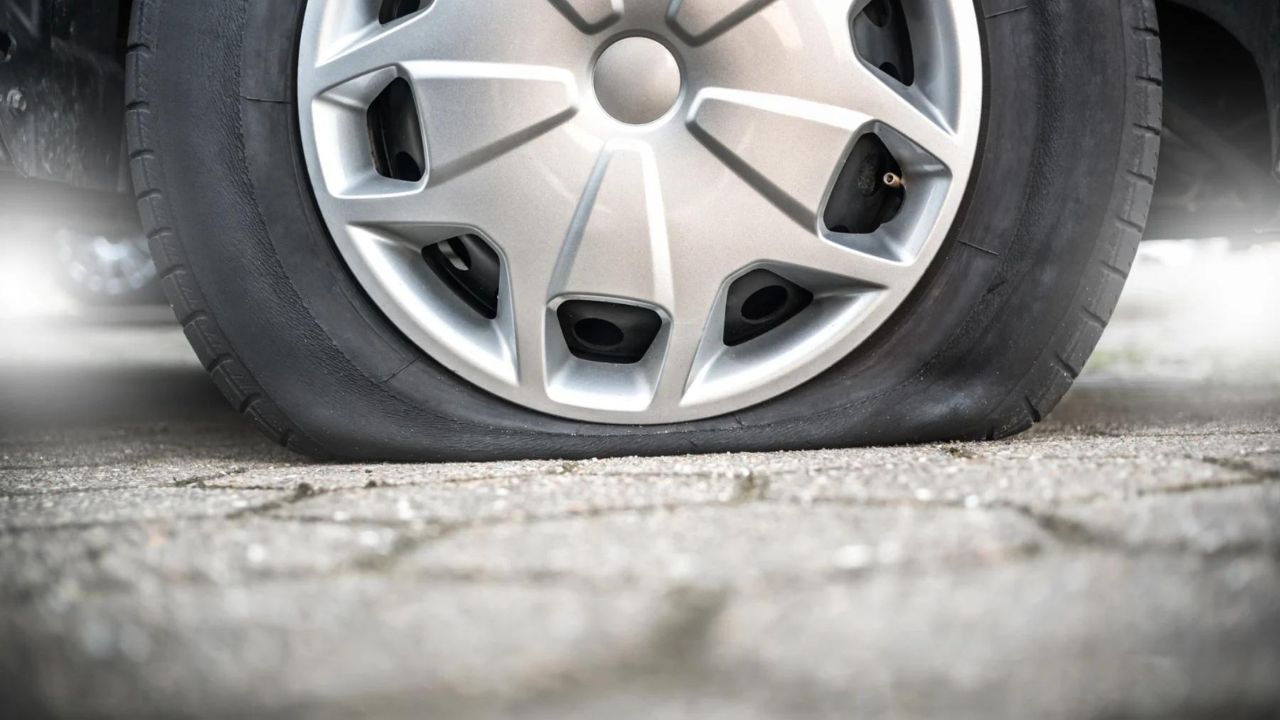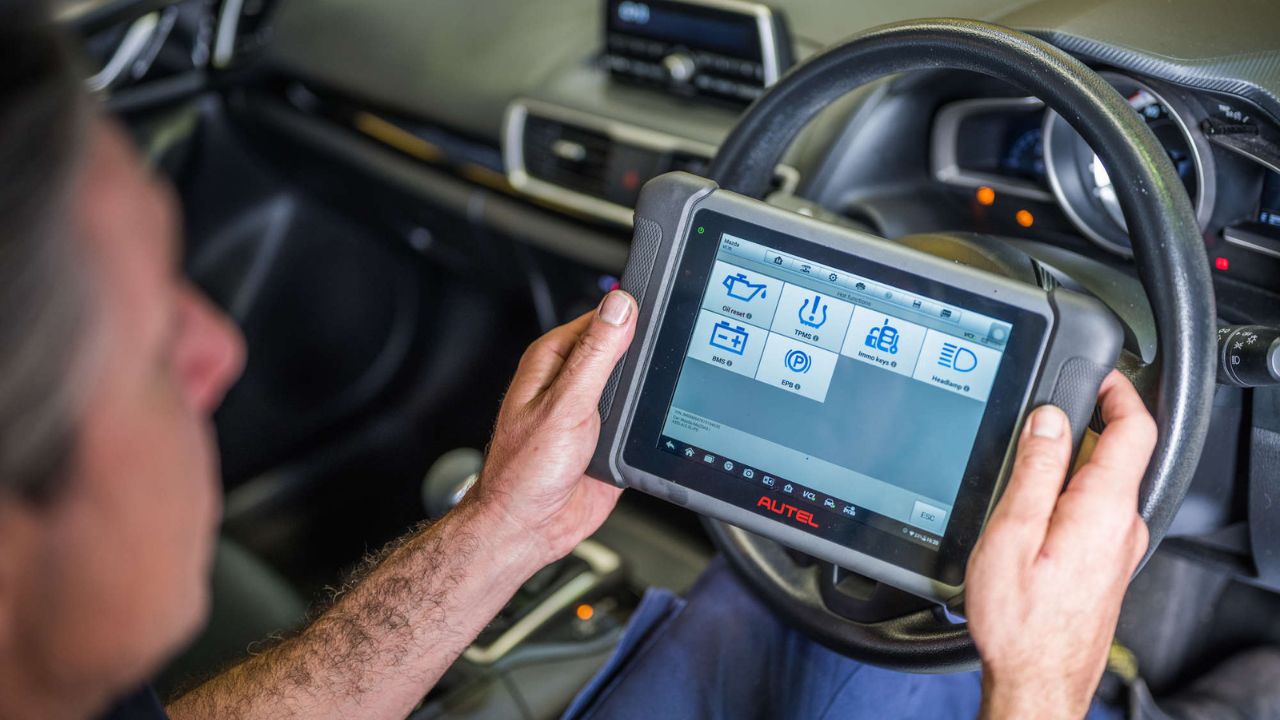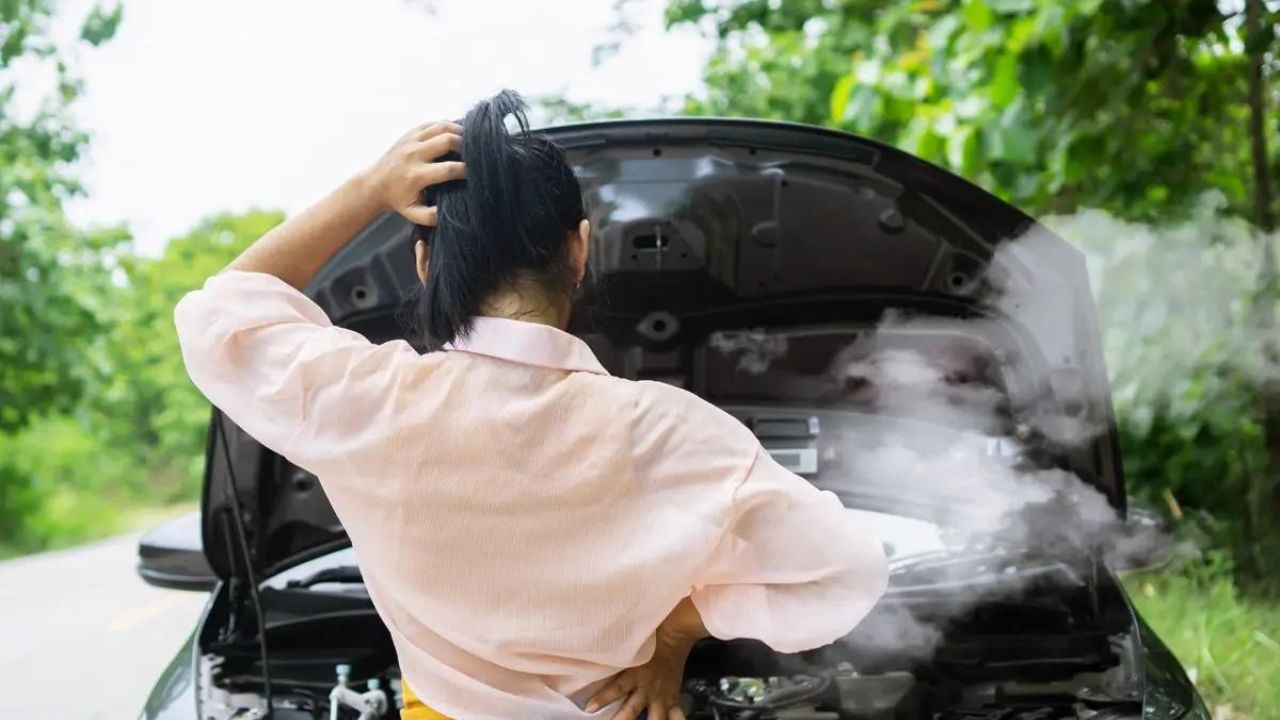How to Check Coolant Level: Essential Steps for Maintaining Your Vehicle
Common Mistakes to Avoid
While checking coolant levels may seem simple, many beginners make common mistakes that can lead to issues down the line. Being aware of these pitfalls can help you avoid costly errors. Here’s a comprehensive breakdown of the most common mistakes and how to avoid them:
1. Checking Coolant When the Engine is Hot
Mistake Overview:
Checking coolant levels when the engine is hot is one of the most significant mistakes. Hot engines can lead to burns from steam or hot coolant escaping from the reservoir.
Step-by-Step Guide to Avoiding This Mistake:
- Wait for the Engine to Cool: After driving, allow your car to sit for at least 30 minutes or until the engine has cooled down. This is crucial for safety.
- Look for Temperature Gauge Indicators: Before checking, glance at your vehicle’s temperature gauge on the dashboard. If it indicates high temperatures, wait longer for the engine to cool.
- Use Caution When Opening the Cap: If you must check the coolant level while the engine is warm (not advisable), always use a cloth to protect your hand. Turn the cap slowly to release any pressure before fully removing it.
2. Using the Wrong Type of Coolant
Mistake Overview:
Using an incorrect type of coolant can damage your vehicle’s cooling system. Each vehicle may require a specific type of coolant, and mixing different types can lead to chemical reactions.
Step-by-Step Guide to Avoiding This Mistake:
- Refer to the Owner’s Manual: Always check your owner’s manual for the recommended type of coolant for your specific vehicle make and model.
- Familiarize Yourself with Coolant Types: Understand the differences between various coolant types, such as ethylene glycol, propylene glycol, and others. Knowing these will help you make the right choice.
- Avoid Mixing Different Coolant Types: If you need to add coolant, ensure it’s the same type as what’s already in your vehicle. Mixing can cause chemical reactions that may lead to sludge formation and damage.
- Purchase Quality Products: Opt for reputable brands and high-quality coolant. Cheap alternatives may not provide the necessary protection for your engine.
3. Neglecting to Securely Close the Cap
Mistake Overview:
Failing to securely close the coolant reservoir cap can lead to coolant evaporation and pressure loss in the cooling system, potentially causing overheating issues.
Step-by-Step Guide to Avoiding This Mistake:
- Inspect the Cap Before Closing: After adding or checking the coolant, check the cap for any signs of damage or wear. A damaged cap should be replaced immediately.
- Align and Tighten the Cap Properly: When replacing the cap, align it correctly to ensure it seals properly. Turn it clockwise until you feel resistance, then give it an additional quarter turn to ensure it’s secure.
- Perform a Final Check: After closing the cap, double-check that it is secure by giving it a gentle tug. This ensures it’s not loose and will prevent coolant from leaking.
4. Ignoring Signs of Coolant Leaks
Mistake Overview:
Ignoring visible signs of coolant leaks can lead to significant engine damage over time. Early detection is key to preventing larger problems.
Step-by-Step Guide to Avoiding This Mistake:
- Regularly Inspect Under the Vehicle: Make it a habit to look under your vehicle for any puddles of coolant. This should be done whenever you park or before long trips.
- Check the Engine Bay: Periodically inspect the area around the engine and the coolant reservoir for any signs of leakage, such as wet spots or stains.
- Look for Sweet Smells: If you notice a sweet odor near your engine, it could indicate a coolant leak. Trust your senses and investigate further.
- Monitor Temperature Gauges: Keep an eye on your vehicle’s temperature gauge. If it frequently runs hotter than normal, it could indicate a coolant leak or other cooling system issues.
- Seek Professional Help: If you notice any signs of leaks or unusual symptoms, don’t hesitate to consult a professional mechanic. Early intervention can save you from costly repairs.
By following these detailed steps, you can avoid the common mistakes associated with checking your coolant levels. This proactive approach ensures the longevity of your vehicle’s engine and helps maintain its optimal performance.



Post Comment